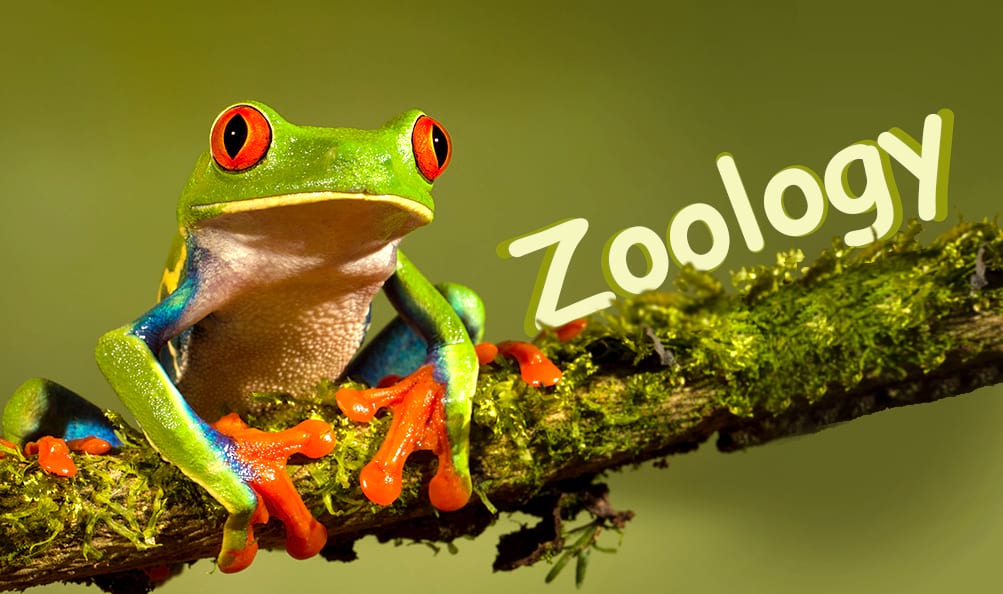The living world encompasses the incredible diversity of organisms that inhabit our planet. This chapter explores the fundamental characteristics that define life, including cellular organization, metabolism, growth, reproduction, and responsiveness to stimuli. It also introduces biological classification systems that organize living organisms into hierarchical categories based on evolutionary relationships, from domains and kingdoms down to species.
Chapter 1: The Living World
Introduction to Biodiversity
The living world is incredibly diverse, with millions of plant and animal species inhabiting various ecosystems. This diversity of organisms is termed biodiversity. Scientists estimate that about 8.7 million species exist on Earth, though only about 1.7 million have been identified and described so far.
Taxonomy and Systematics
Taxonomy is the science of classification, identification, and nomenclature of organisms. Systematics deals with evolutionary relationships among organisms. Together, they help us understand the order in the diversity of life forms.
Need for Classification
Classification serves several important purposes:
- Helps organize the vast diversity of organisms
- Makes study of organisms easier
- Helps understand evolutionary relationships
- Provides a common reference system for biological studies
Taxonomic Categories (Hierarchy)
Organisms are classified in a hierarchical system, from broader to more specific categories:
- Kingdom (broadest category)
- Phylum (for animals) or Division (for plants)
- Class
- Order
- Family
- Genus
- Species (most specific category)
Each category is called a taxon (plural: taxa).
Species Concept
Species is the basic unit of classification. A species is defined as a group of organisms that can interbreed to produce fertile offspring and are reproductively isolated from other such groups. For example, all humans belong to the species Homo sapiens.
Taxonomic Hierarchy Example
Human classification:
- Kingdom: Animalia
- Phylum: Chordata
- Class: Mammalia
- Order: Primates
- Family: Hominidae
- Genus: Homo
- Species: sapiens
Nomenclature (Naming of Organisms)
Binomial Nomenclature is the standard system for naming organisms, developed by Carolus Linnaeus. Each species has a two-part scientific name:
- First part: Genus name (capitalized)
- Second part: Species name (lowercase)
- Both names are italicized or underlined
Example: Homo sapiens (humans), Panthera tigris (tiger)
Rules of Nomenclature
- Scientific names are in Latin or Latinized
- The genus name begins with a capital letter
- The species name begins with a small letter
- When printed, scientific names are italicized
- When handwritten, they should be underlined
- The scientific name should be followed by the authority (person who first described the species)
Taxonomic Aids
Tools and repositories that help in identification and classification:
- Herbaria and Museums: Preserved plant and animal specimens
- Zoological Parks: Living specimens of wild animals
- Botanical Gardens: Collections of living plants
- Keys: Analytical tools for identification based on similarities and differences
- Manuals: Comprehensive accounts of taxonomic information
- Monographs: Detailed study of a single taxon
- Flora and Fauna: Books with information about plants and animals of a particular area
Classification Systems
Classification systems have evolved over time:
- Two-Kingdom Classification (Linnaeus): Plants and Animals
- Five-Kingdom Classification (Whittaker): Monera, Protista, Fungi, Plantae, Animalia
- Six-Kingdom Classification (Carl Woese): Archaebacteria, Eubacteria, Protista, Fungi, Plantae, Animalia
- Three-Domain System (Woese): Archaea, Bacteria, Eukarya
Biodiversity Conservation
Biodiversity is threatened by human activities. Conservation efforts include:
- Creating protected areas (wildlife sanctuaries, national parks)
- Ex-situ conservation (zoos, botanical gardens, seed banks)
- Restoration of degraded habitats
- Legislation to protect endangered species
This systematic study of the living world helps us not only understand the incredible diversity of life on Earth but also appreciate the interconnectedness of all living organisms through evolutionary history.
Complete Chapter-wise Hsslive Plus One Zoology Notes
Our HSSLive Plus One Zoology Notes cover all chapters with key focus areas to help you organize your study effectively:
- Chapter 1 The Living World
- Chapter 2 Animal Kingdom
- Chapter 3 Structural Organisation in Animals
- Chapter 4 Biomolecules
- Chapter 5 Digestion and Absorption
- Chapter 6 Breathing and Exchange of Gases
- Chapter 7 Body Fluids and Circulation
- Chapter 8 Excretory Products and their Elimination
- Chapter 9 Locomotion and Movement
- Chapter 10 Neural Control and Coordination
- Chapter 11 Chemical Coordination and integration

2 thoughts on “HSSLIVE Plus One Zoology Chapter 1: The Living World Notes”